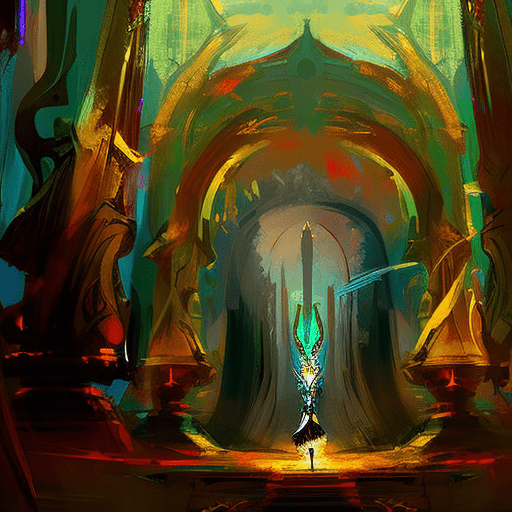The Story of Art: A Journey Through the History of Art
The Story of Art by E.H. Gombrich is a captivating journey through the history of art, exploring various artistic movements, styles, and techniques from ancient civilizations to the modern era. With its accessible language and engaging narrative, this book offers readers a comprehensive overview of the world of art.
From Cave Paintings to Renaissance Masterpieces
Gombrich begins his exploration of art with the earliest known cave paintings, taking readers on a chronological journey through the major artistic developments of different civilizations. He delves into the art of ancient Egypt, Mesopotamia, Greece, and Rome, highlighting the unique characteristics and influences of each period.
Moving forward, Gombrich explores the art of the Middle Ages, discussing the rise of Christianity and its impact on artistic expression. He then delves into the Renaissance, a period marked by a renewed interest in classical art and the emergence of great masters like Leonardo da Vinci, Michelangelo, and Raphael. Gombrich provides insightful analysis of their works, shedding light on the techniques and ideas that shaped the art of this era.
Revolutionary Movements and Modern Art
As the book progresses, Gombrich introduces readers to the revolutionary movements that emerged in the 19th and 20th centuries. He discusses the Impressionist movement, led by artists such as Monet and Renoir, who sought to capture the fleeting effects of light and atmosphere in their paintings. Gombrich also explores Post-Impressionism, Cubism, Surrealism, and other avant-garde movements, highlighting the groundbreaking ideas and techniques that challenged traditional notions of art.
Gombrich’s exploration of modern art includes the works of influential artists like Picasso, Matisse, and Pollock, who pushed the boundaries of artistic expression with their innovative styles. He discusses the rise of abstract art and the impact of technology on artistic practices, emphasizing the diverse range of artistic possibilities that emerged in the 20th century.
Art as a Reflection of Society and Culture
Throughout The Story of Art, Gombrich emphasizes the interconnectedness of art and society. He explores how art has been influenced by political, religious, and social contexts, and how it, in turn, has shaped and reflected these aspects of human civilization. Gombrich also highlights the role of patronage, the development of art institutions, and the changing status of artists throughout history.
Gombrich’s engaging writing style and his ability to make complex artistic concepts accessible to readers of all backgrounds make The Story of Art an invaluable resource for art enthusiasts, students, and anyone interested in understanding the rich tapestry of human creativity.
Key Takeaways:
- Art is a reflection of society and culture, influenced by political, religious, and social contexts.
- The Renaissance marked a significant shift in artistic expression, with a renewed interest in classical art and the emergence of great masters.
- The 19th and 20th centuries witnessed revolutionary movements that challenged traditional notions of art, leading to the emergence of abstract and avant-garde styles.
- Artists throughout history have been influenced by their patrons, art institutions, and changing societal attitudes towards art.
“The art of the past is a mirror of the present and a guide to the future.”
In conclusion, The Story of Art by E.H. Gombrich takes readers on a captivating journey through the history of art, exploring various artistic movements, styles, and techniques. From cave paintings to Renaissance masterpieces and revolutionary modern art, Gombrich’s accessible narrative provides a comprehensive overview of the world of art. Through his exploration, Gombrich highlights the interconnectedness of art and society, emphasizing how art reflects and shapes the cultural and social contexts in which it is created.












